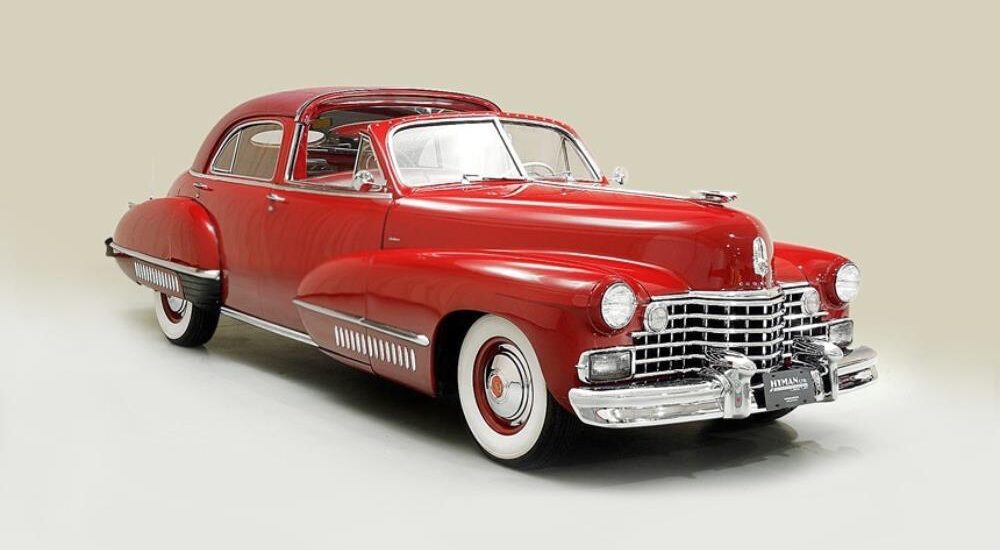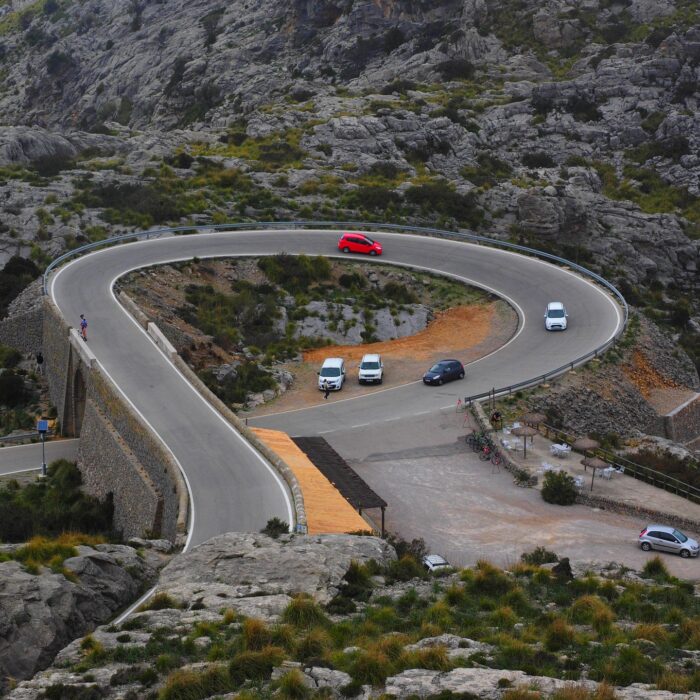Behind the Wheel: The History of Derham's Custom Cadillac
The 1942 model year was dramatically curtailed for American automakers due to the onset of war. Cadillac, renowned for its luxury vehicles, managed to produce only 16,511 units before shifting its focus to military production. Among these, only two exemplars resembling the ones depicted in our illustrations were crafted, despite plans for double the production.
One of these unique vehicles was commissioned by a well-to-do lawyer and public figure, William Dering, a descendant of the “founding father” of the largest agricultural machinery corporation in the U.S. Although the family’s wealth was substantial, Dering acquired the car not for himself but as a wedding gift for his bride. Following his divorce from his first wife in 1941, he sought to expedite his next marital union, particularly as his prospective bride hailed from a prominent family of lumber magnates in the northwest. Given the social milieu, standard wedding gifts and off-the-shelf luxury cars wouldn’t suffice; something truly exceptional was warranted.


Judging by the presence of three pedals instead of two, the car is equipped with a manual transmission rather than an automatic one. Presumably, it was intended that the car with a “town car” body would be driven not by its owner but by a hired professional chauffeur, making the process of shifting gears unnecessary.
Fortunately, the Derham coachbuilding firm in Rosemont, Pennsylvania, remained operational. Established in 1887, Derham had adapted to the times, specializing in upholstery and interior modifications. Despite the decline in custom bodywork, Derham maintained its commitment to quality and customer satisfaction, a legacy exemplified in Dering’s commission.

The front panel. There is no radio receiver on it, although its presence was specified when ordering.
For his distinctive Cadillac, Dering bypassed the conventional options, opting instead for the Fleetwood 60 Special model. While this series had been notable for its unique design from 1938 to 1941, by 1942, its distinguishing features were integrated into all Cadillac models except the Series 75. Nevertheless, the 60 Special retained its allure with subtle enhancements and opulent detailing—perhaps, some might argue, to excess.


For the comfort of rear passengers, there are folding footrests and air ducts from the heater located directly under the front seats. In the foreground is a radio receiver, the same as that installed in the Series 67 and 75 limousines; like these cars, it is mounted in the right rear armrest, and the button on the left rear armrest raises and lowers the glass partition.
The artisans at Derham chose not to alter the car’s lavish adornments. With precision, they removed the steel roof above the driver’s seat, transforming the sedan into a true town car. To maintain structural integrity, they reinforced the X-shaped frame with a thick overlay, colloquially known as the “wolf’s skin,” despite its hindrance during transmission removal for repairs. The rear portion of the steel roof, left untouched, was then upholstered in leather, while the expansive three-section rear window was resized to a characteristic tiny oval by Derham craftsmen. Although this modification reduced rearward visibility significantly, it enhanced the interior’s intimacy and coziness, befitting the town car aesthetic.
In place of the removed roof section, a retractable fabric top was installed, necessitating adjustments to the upper part of the front doors. Derham craftsmen zealously concealed the “Fleetwood” emblems on the body sills with stainless steel overlays, removed a similar emblem on the trunk lid, and meticulously puttied the remaining fastening holes. Their own logo was then affixed to the rear part of the hood, solidifying the car’s transformation from the Fleetwood 60 Special to the Derham 60 Special.


Under the hood is the standard V8 engine (5.7 liters, 150 hp) for all 1942 Cadillac models.
Upon completion, the car was dispatched from Pennsylvania to New York, returning to the agency from which the order originated. Although the order was placed on December 17, 1941, the outbreak of war in early February the following year led to strict limitations on passenger car sales in the United States. Consequently, the eager groom, now a contented husband, had to wait nearly a year to receive the car, ultimately acquiring it as a military man due to his service in the U.S. Air Force.
***
However, the matrimonial bliss of Mr. Dering’s affluent descendant was short-lived. In 1948, he tragically passed away at the age of forty-eight while swimming at the Cuban beach of Varadero, succumbing to a heart attack. His widow continued to use his wedding gift for some time before remarrying in 1951—for the third time—and exchanging the unique car for a used closed Rolls-Royce. Since then, the car has changed hands multiple times and underwent a complete restoration in 1974, during which it acquired its current dark red color scheme, restoring its timeless elegance.

The body has serial number 84 – in total, there were 190 such bodies produced. The body type code 6069F indicates the presence of an internal partition with an electric window regulator; notably, the window regulators in the doors are manual, not electric. The original body color, judging by the “3” color code, is dark green, almost black, Cavern Green.
Photo: Sean Dugan, www.hymanltd.com
This is a transaltion. You can read the original article on here: Конверсия: Cadillac Sixty Special Style 42-6069F Town Car by Derham 1942 года





